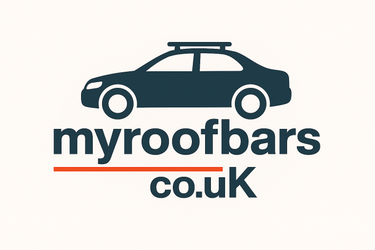on orders over £40
The Best Roof Bar Setup for Your Next Adventure: Camping, Cycling or Skiing
Your roof bar setup can be a game-changer — but it needs to match your lifestyle. Whether you're heading off with your roof tent, loading up the bikes, or hitting the slopes, choosing the right combination of bars and accessories makes all the difference.
Here’s how to build the perfect roof bar setup for your next trip.
🏕️ For Camping & Roof Tent Adventures
Nothing beats the freedom of wild camping or a weekend retreat in your roof tent.
✅ What you’ll need:
-
Aluminium roof bars — lightweight but strong
-
Heavy-duty foot packs — especially for tents
-
Low-profile wind deflector — helps reduce drag
-
Optional: awning brackets, ladder clamps, or T-track tie-downs
🔗 Shop Roof Tent Bars
🔗 See Roof Tents & Accessories
Pro Tip:
Always check your roof load capacity, including tent, bars and passengers — usually 75–100kg dynamic (moving) and 150–300kg static (parked).
📚 Also read: How to Choose the Right Roof Tent
🚴 For Cycling Trips & Weekend Rides
Got bikes? A roof-mounted setup is clean, safe, and frees up boot space.
✅ What you’ll need:
-
Aluminium or steel bars — both are fine here
-
Upright bike racks or fork-mount racks
-
Optional: locking clamps for added security
🔗 Check Out Bike Racks
🔗 Roof Bars for Your Vehicle
Pro Tip:
Roof-mounted bikes increase wind resistance — consider adding a wind deflector or switching to tow bar racks for long motorway runs.
📚 Also read: How to Choose the Right Bike Rack
🎿 For Ski & Snowboard Trips
Planning a winter break? Roof bars are ideal for carrying skis, boards, or even snow chains.
✅ What you’ll need:
-
Aero bars or square bars — just make sure the ski rack fits
-
Ski/snowboard carrier — most hold 4–6 skis or 2–4 boards
-
Optional: roof box for boots and gear storage
Pro Tip:
Snow trips = salt, grit, moisture. Always clean your bars after the trip to prevent corrosion.
📚 Also read: Steel vs Aluminium Roof Bars
🧠 Final Tips for Any Adventure
-
Double-check fitting kits are correct for your roof type (flush rails, raised rails, fixed points, etc.)
-
Lock your accessories when parked — roof boxes and bike racks can be targets
-
Stick to load limits — don’t overload your setup, especially on long journeys
-
Recheck bar tightness after your first few miles
-
Store your gear dry when the trip’s done
